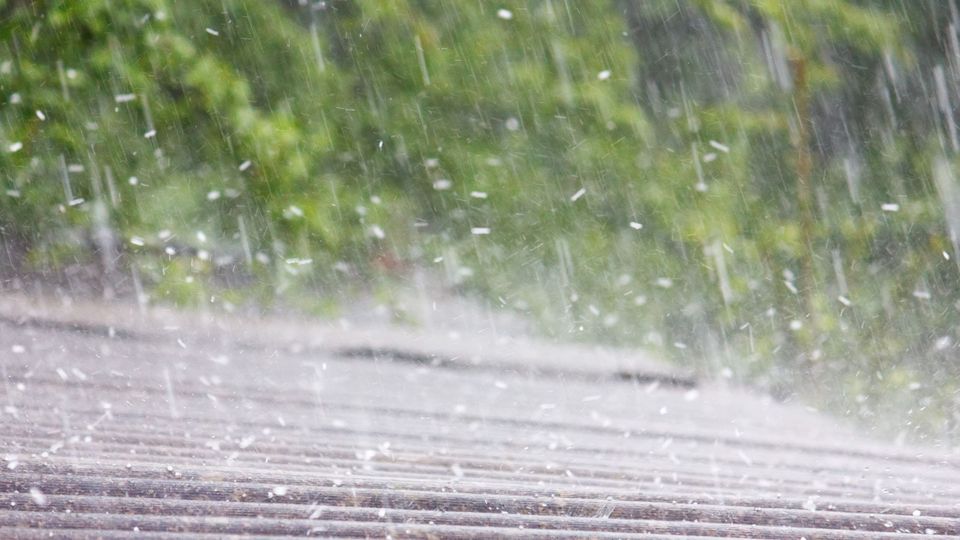

Hail storms can leave an unexpected mark on our homes. Your roof, the shield that protects everything inside, often takes the most brutal hit. If you've discovered hail damage to your roof, you probably wonder, "What comes next?"
This guide is here to help. We’ll walk you through everything you need to know about hail damage roof replacement. From assessing the damage to navigating insurance claims to hiring the right roofing contractor, we’ve got you covered.
This guide is here to help. We’ll walk you through everything you need to know about hail damage roof replacement. From assessing the damage to navigating insurance claims to hiring the right roofing contractor, we’ve got you covered.
What is Hail Damage?
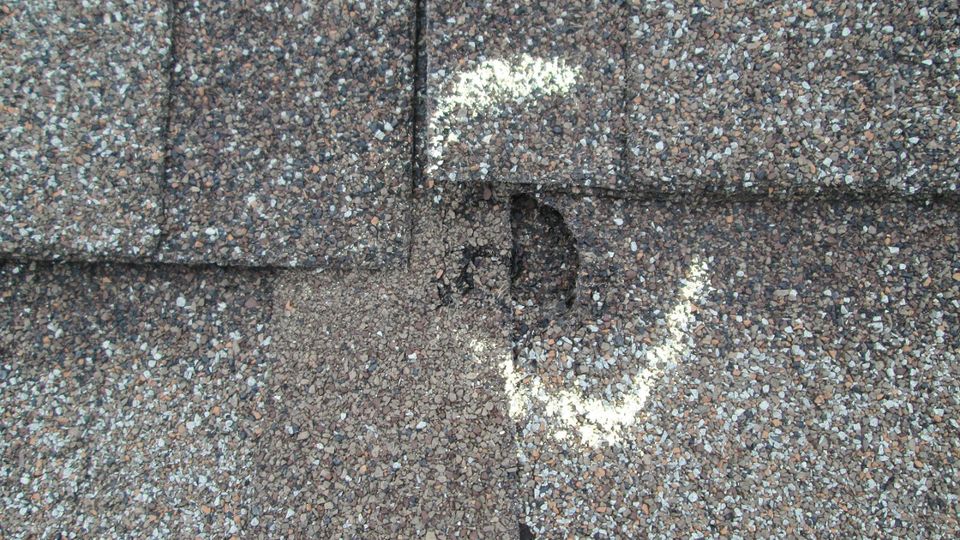
Hailstorms are natural weather phenomena that occur when raindrops are carried by strong updrafts into the upper levels of thunderstorms, where freezing temperatures turn them into hailstones. These hailstones can grow in size as they are repeatedly lifted into the freezing zone, accumulating layers of ice before eventually falling to the ground. When hailstones strike surfaces like roofs, they can cause significant damage, including fractures, dents, and holes. This type of harm is commonly referred to as hail damage.
But why is hail damage such a big concern? Even minor dents or cracks in your roof may seem harmless at first, but over time, they can leave your home vulnerable to a host of issues. Water can seep into these weakened spots, leading to leaks that damage ceilings, walls, or insulation. These leaks can also create the perfect environment for mold growth, posing health risks to your household.
In addition, structural weaknesses caused by hail damage can compromise the longevity of your roof, leaving you with the potential for costly repairs or even the need for a full roof replacement down the line.
Understanding the potential risks of hailstorms and their impact on your home is crucial. By recognizing the signs of hail damage early and taking quick action, you can minimize the long-term effects and protect your home from costly and extensive repairs. Don't wait for minor, seemingly insignificant damages to grow into more significant problems—be proactive in addressing hail damage to safeguard your home.
Did you know? Hailstones can vary significantly in size, ranging from as small as a pea to as large as a tennis ball. They can fall at speeds of up to 100 miles per hour, depending on their size and the storm's strength. While larger hailstones are more obviously destructive, even smaller ones can cause harm. For example, small hailstones can damage asphalt shingles, resulting in granule loss that reduces their ability to protect your roof from the elements.
But why is hail damage such a big concern? Even minor dents or cracks in your roof may seem harmless at first, but over time, they can leave your home vulnerable to a host of issues. Water can seep into these weakened spots, leading to leaks that damage ceilings, walls, or insulation. These leaks can also create the perfect environment for mold growth, posing health risks to your household.
In addition, structural weaknesses caused by hail damage can compromise the longevity of your roof, leaving you with the potential for costly repairs or even the need for a full roof replacement down the line.
Understanding the potential risks of hailstorms and their impact on your home is crucial. By recognizing the signs of hail damage early and taking quick action, you can minimize the long-term effects and protect your home from costly and extensive repairs. Don't wait for minor, seemingly insignificant damages to grow into more significant problems—be proactive in addressing hail damage to safeguard your home.
Did you know? Hailstones can vary significantly in size, ranging from as small as a pea to as large as a tennis ball. They can fall at speeds of up to 100 miles per hour, depending on their size and the storm's strength. While larger hailstones are more obviously destructive, even smaller ones can cause harm. For example, small hailstones can damage asphalt shingles, resulting in granule loss that reduces their ability to protect your roof from the elements.
How to Spot Hail Damage
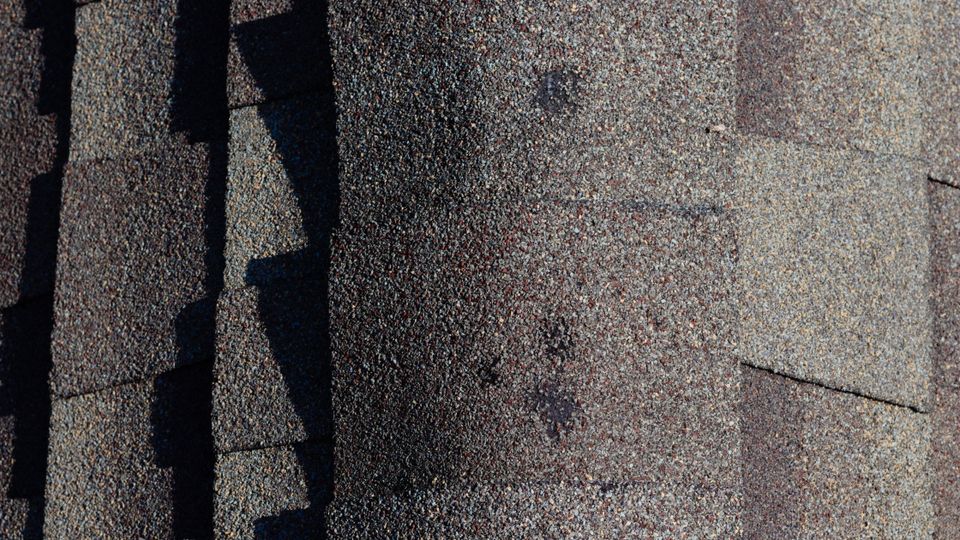
Detecting hail damage early is crucial to preventing larger, costly issues in the future. After a hailstorm hits your area, inspecting your property thoroughly is essential. Here are some key signs to watch out for:
Quick tip: Before grabbing a ladder, use binoculars to inspect your roof from the ground. This is a safer way to get an initial assessment of hail damage without risking injury. If you don’t notice any obvious issues but suspect there may be hidden damage, it’s a good idea to call a roofing contractor. They can thoroughly inspect and catch problems that aren’t visible to the untrained eye. Taking action quickly can help you avoid more extensive repairs later on.
- Dented or cracked shingles: Hail can cause visible damage to your roof’s shingles, such as dents, cracks, or missing granules. Look for dark spots, splits, or areas where the asphalt is exposed, as these are clear indicators of hail impact. Left unaddressed, damaged shingles can lead to leaks and further roof deterioration.
- Damaged flashing and gutters: Don’t overlook your gutters and flashing. Hail can dent or bend gutters, making them less effective at channeling water away from your home. Similarly, metal flashing around vents, chimneys, or skylights can be compromised, leading to potential water entry points.
- Leaks inside your home: One of the most apparent signs of hail damage is water intrusion. Check your ceilings for discoloration, water stains, or sagging drywall. Inspect your walls for any signs of moisture, as these could indicate roof damage that has allowed water to seep inside.
Quick tip: Before grabbing a ladder, use binoculars to inspect your roof from the ground. This is a safer way to get an initial assessment of hail damage without risking injury. If you don’t notice any obvious issues but suspect there may be hidden damage, it’s a good idea to call a roofing contractor. They can thoroughly inspect and catch problems that aren’t visible to the untrained eye. Taking action quickly can help you avoid more extensive repairs later on.
Do You Really Need a Full Roof Replacement?
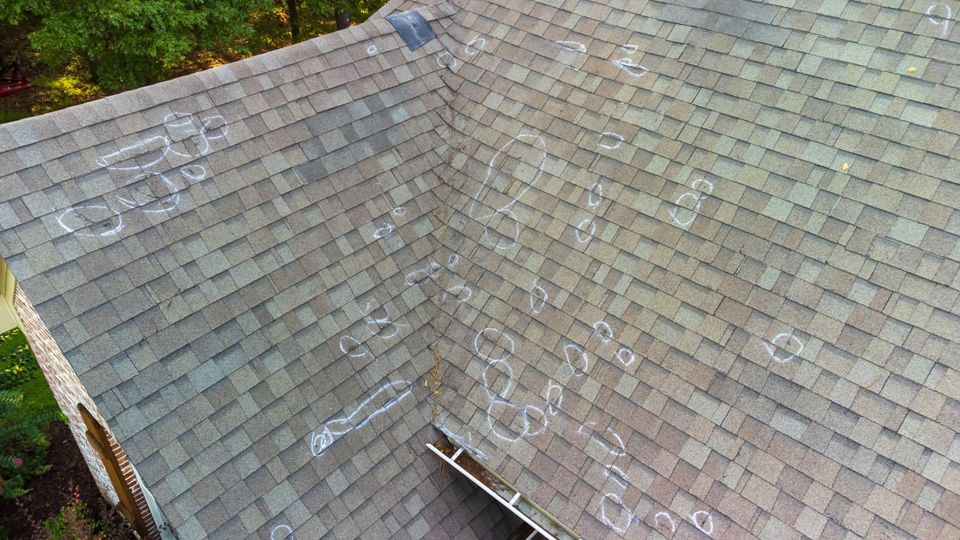
Not all hail damage means you’ll need a full roof replacement, but it’s important to carefully assess the extent of the damage before deciding on repairs. In some cases, minor issues can be resolved with patch repairs, but when the damage is more widespread, these minor fixes may not be enough to ensure the long-term health of your roof.
If your roof has sustained severe hail damage, early intervention is key. Waiting too long to address the problem can lead to more costly repairs, as water intrusion, structural damage, and mold growth can worsen significantly over time.
- Minor hail damage: This typically involves replacing a few damaged or broken shingles. While this is a fairly straightforward repair, it’s still important to address it promptly to prevent further deterioration or leaks.
- Extensive hail damage: If your roof has large-scale fractures, cracked shingles, or missing shingles across broad sections, it’s a sign your roof is significantly compromised. In these situations, a full roof replacement is often necessary to restore protection and durability.
If your roof has sustained severe hail damage, early intervention is key. Waiting too long to address the problem can lead to more costly repairs, as water intrusion, structural damage, and mold growth can worsen significantly over time.
Understanding Your Insurance Company’s Role
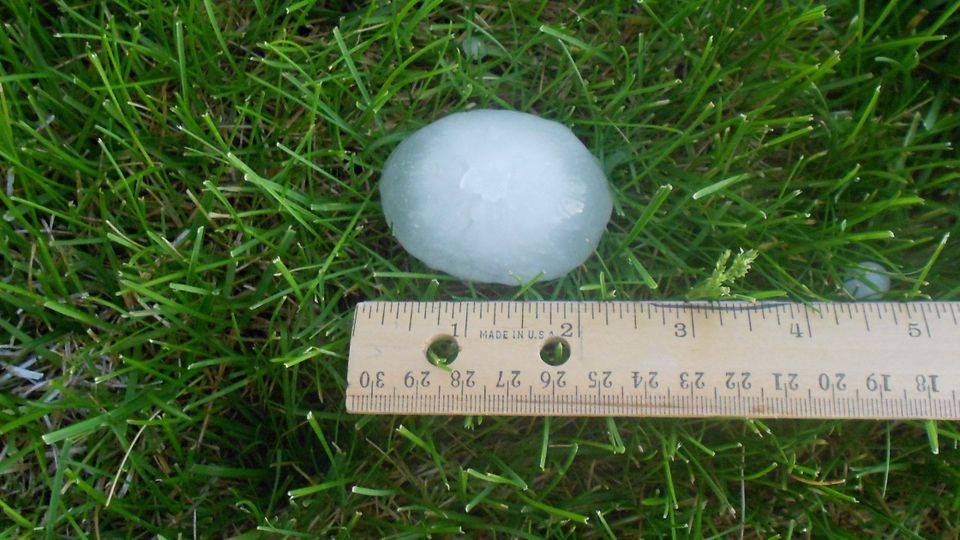
Your insurance company plays a critical role in the hail damage roof replacement process, and understanding how to navigate this can save you time, money, and stress. Most homeowners’ insurance policies often cover hail damage, but acting quickly to ensure your claim is processed smoothly and efficiently is essential.
Why is timing so important? Insurance claims typically come with strict deadlines, and failing to file within the specified timeframe could result in losing the coverage you’re entitled to.
Here are the key steps to get started with your insurance company:
Why is timing so important? Insurance claims typically come with strict deadlines, and failing to file within the specified timeframe could result in losing the coverage you’re entitled to.
Here are the key steps to get started with your insurance company:
- Document the hail storm date and visible roof damage: As soon as it’s safe, inspect your roof for any signs of hail damage, such as dents, cracked shingles, or missing pieces. Record the date of the hail storm and any other relevant details to support your claim.
- Contact your insurance provider: Report the damage to your insurance company promptly. Provide them with the necessary details, including the storm date and a brief description of the damage.
- Schedule an inspection with their adjuster: Your insurance company will send an adjuster to evaluate the damage. This inspection is a pivotal step in determining the extent of the damage and the coverage you’ll receive.
In addition to these steps, communicate proactively with your insurance company and gather all required documentation. The hail damage roof replacement process can be overwhelming, but staying organized and acting quickly can protect your home and ensure you get the coverage you deserve.
Quick tip: Right after the hail storm, take clear, timestamped photos of the damage to your roof and surrounding property. This photographic evidence can be extremely valuable in supporting your claim and ensuring you receive adequate compensation.
Quick tip: Right after the hail storm, take clear, timestamped photos of the damage to your roof and surrounding property. This photographic evidence can be extremely valuable in supporting your claim and ensuring you receive adequate compensation.
How to File a Hail Damage Insurance Claim
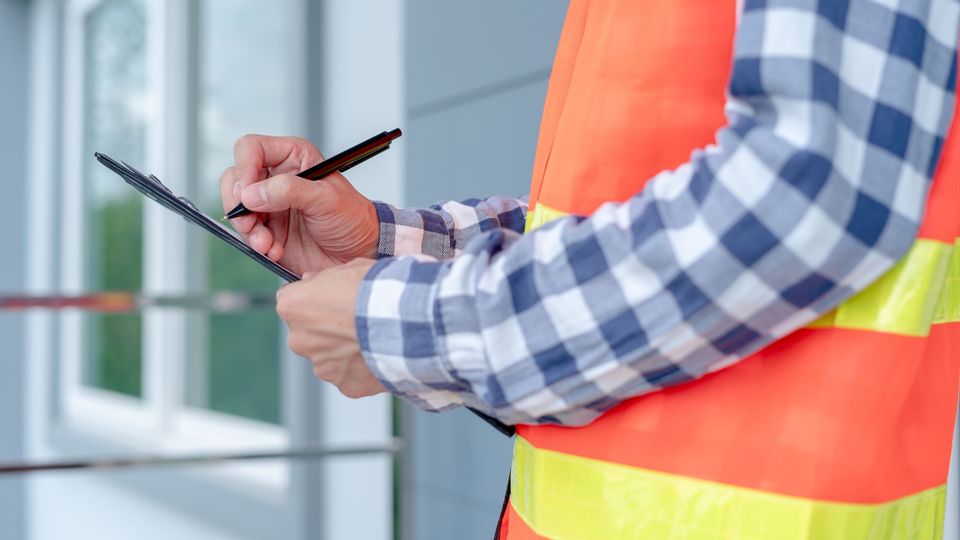
Filing a successful hail damage insurance claim can feel overwhelming, but breaking it into steps makes it manageable.
- Review your insurance policy: Understand what’s covered and what’s excluded.
- Document everything: Photos, videos, invoices, and contractor quotes are essential.
- Schedule an adjuster inspection: Your insurance company will send an adjuster to assess the damage.
- Hire a roofing contractor for a second opinion: This ensures an accurate damage report.
- Negotiate if necessary: Be proactive if the initial claim amount is insufficient.
Understanding this process will help you secure the proper funding for your new roof.
Choosing the Right Roofing Contractor
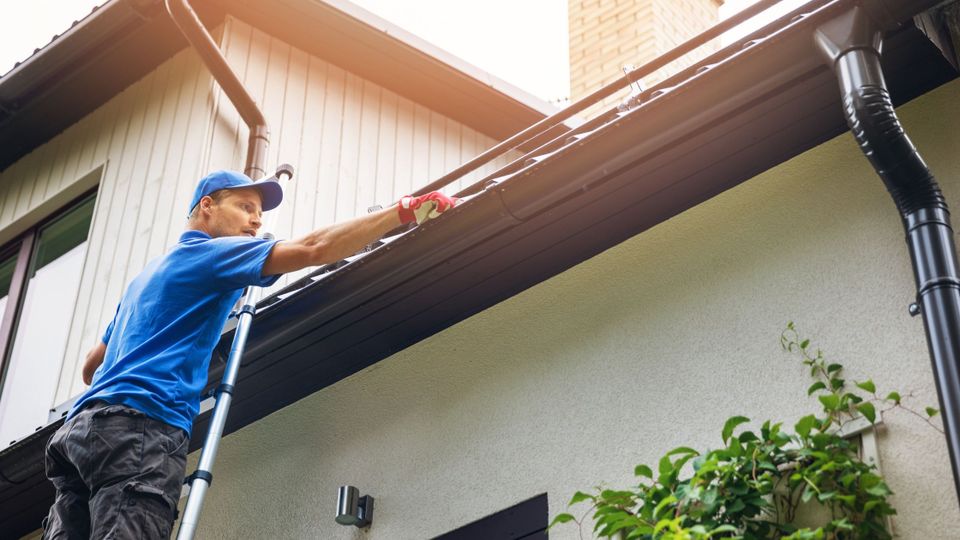
Finding the right professional roofing contractor is essential when replacing your roof after hail damage. The quality of the contractor you choose can make all the difference in the durability, safety, and longevity of your new roof. But with so many options, how do you ensure you're making the right decision? Here are some key steps to help you choose the best contractor for the job:
- Look for certification: Always verify that the contractor is appropriately licensed and insured to work in your area. This protects you from liability and ensures the company meets industry standards. A certified contractor will likely have the training and expertise needed to handle hail damage specifically, which is crucial for proper repairs.
- Check reviews: Customer testimonials and online reviews can reveal much about a contractor's reliability, quality of work, and professionalism. Look for recent reviews, and if possible, ask the contractor for references you can contact directly to ensure you're getting up-to-date feedback.
- Ask for warranties: A reputable contractor will provide warranties on both their labor and the materials used, giving you peace of mind in case any issues arise. Be sure to ask about the duration and coverage of these warranties, as they can vary widely between contractors.
- Get a written estimate: Avoid verbal agreements at all costs. A written estimate should include a detailed breakdown of costs, materials, timelines, and other important details. This ensures no surprises and that you and your contractor are on the same page.
Did you know? Some roofing contractors go the extra mile by working directly with your insurance company to streamline the claim and repair process. This can significantly reduce stress, ensure proper documentation, and save valuable time during a challenging situation.
Materials That Work Best After Hail Storms
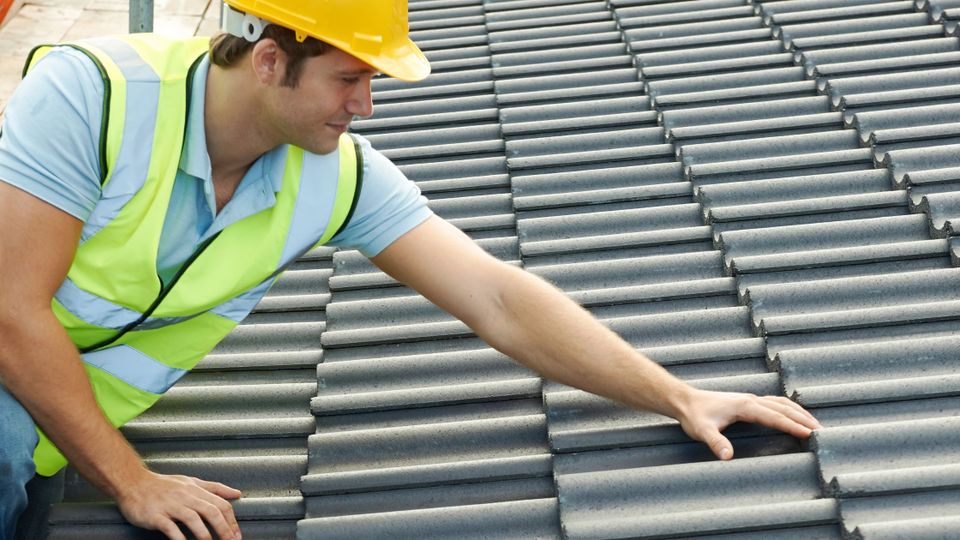
Replacing your roof is not just about fixing damage—it’s a chance to invest in materials that can better withstand future hail storms and severe weather conditions. Choosing the right materials can save you money on repairs and extend the lifespan of your roof. Here are some excellent options to consider:
Remember, your professional roofing contractor can be an invaluable resource during this process. They can help assess your home’s needs, consider your local climate, and recommend materials that best fit your budget and preferences. Taking the time to choose the right roofing material protects your home and provides peace of mind during future storms.
- Impact-resistant shingles: Class 4-rated asphalt shingles are designed to resist hail damage much better than standard shingles. They are a popular choice for homeowners who want a balance of affordability, durability, and versatility in style. These shingles are built to absorb the impact of hailstones, reducing the risk of cracking or breaking.
- Metal roofing: Known for its durability and sleek, modern appearance, metal roofing is an excellent option for hail-prone areas. It can withstand strong impacts and often only shows minor cosmetic dents, maintaining its integrity over the long term. Plus, it is low-maintenance and highly energy-efficient, making it an environmentally friendly choice.
- Tile roofing: Tile roofs, whether clay, concrete, or slate, offer a timeless and elegant aesthetic. However, they can be vulnerable to hail impact if not reinforced. Opt for reinforced or specially designed tiles that provide extra durability, ensuring they can handle the force of hail without cracking or shattering.
Remember, your professional roofing contractor can be an invaluable resource during this process. They can help assess your home’s needs, consider your local climate, and recommend materials that best fit your budget and preferences. Taking the time to choose the right roofing material protects your home and provides peace of mind during future storms.
Quick Tips for Maintaining Your New Roof
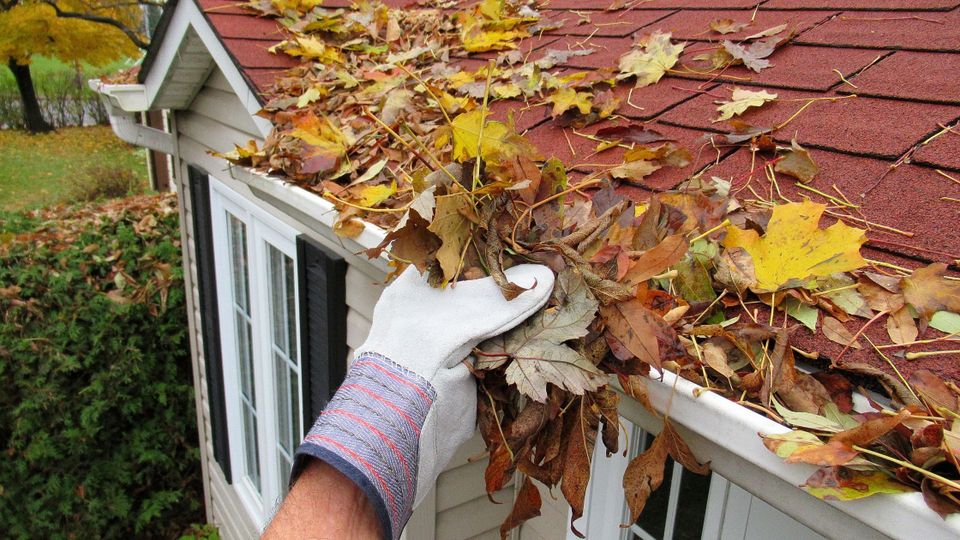
After investing in a hail-damaged roof replacement, proper maintenance ensures its longevity.
- Schedule yearly inspections. Detect minor problems before they turn major.
- Clean your gutters. Clogged gutters can lead to water pooling on your new roof.
- Trim overhanging trees. Prevent falling branches from damaging your shingles.
Remember, a well-maintained roof saves you money in the long run.
Secure Your Home Today
A damaged roof compromises your home’s safety—but you don’t have to face this challenge alone. Whether you're filing an insurance claim, selecting materials, or juggling quotes, the process doesn’t have to be stressful.
Work with experienced professionals, stay proactive with inspections and invest in durable materials like impact-resistant asphalt shingles. And if you’re unsure where to start, a professional roofing contractor can guide you every step of the way.
Don’t put off protecting your home. Start your hail damage roof replacement process today!
Work with experienced professionals, stay proactive with inspections and invest in durable materials like impact-resistant asphalt shingles. And if you’re unsure where to start, a professional roofing contractor can guide you every step of the way.
Don’t put off protecting your home. Start your hail damage roof replacement process today!
